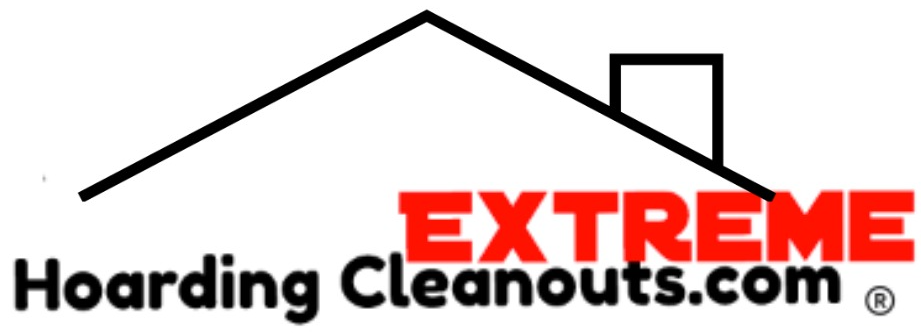1. Initial Assessment
- Identify Areas: Determine which areas need the most attention and the best starting point for our crews, especially if they will need to be taking items back & forth to a Dumpster
- Set Priorities: Decide which rooms or sections to focus on first.
3. Sorting Items
- Gather Supplies: Get boxes, bags, markers, and labels.
- Categorize:
- Keep: Items you use regularly or have sentimental value.
- Donate: Items in good condition but no longer needed.
- Toss: Broken, expired, or unusable items.
- Unsure: Items you are undecided about (limit this category).
4. Labeling Items
- Use Clear Labels:
- Keep: Use green labels.
- Donate: Use blue labels.
- Toss: Use red labels.
- Unsure: Use yellow labels.
- Write Details: Brief descriptions on labels for easy identification.
5. Organizing Items
- Keep Items Together: Place all “Keep” items in one designated area.
- Separate Trash: Put all “Toss” items in garbage bags or bins.
- Donate Box: Collect all donation items in labeled boxes.
- Create a Staging Area: A temporary space for sorting and organizing.
- If you need to add Boxes to your Booking, you can learn more about this service by clicking here.
6. Preparing for the Cleaning Team
- Clear Pathways: Ensure there’s enough space for the cleaning team to move around.
- Communicate: Share your sorting system with the cleaning team.
- Be Present: Stay available to answer any questions the cleaning team may have.
7. Post-Deep Cleaning
- Review: Check all areas to ensure nothing important was discarded.
- Organize: Arrange “Keep” items neatly in their designated places.
- Follow Up: Schedule regular maintenance cleanings if needed.
8. Mental Health Considerations
- Support System: Have a friend or family member for emotional support.
- Professional Help: Consider therapy or counseling to address hoarding behavior.
